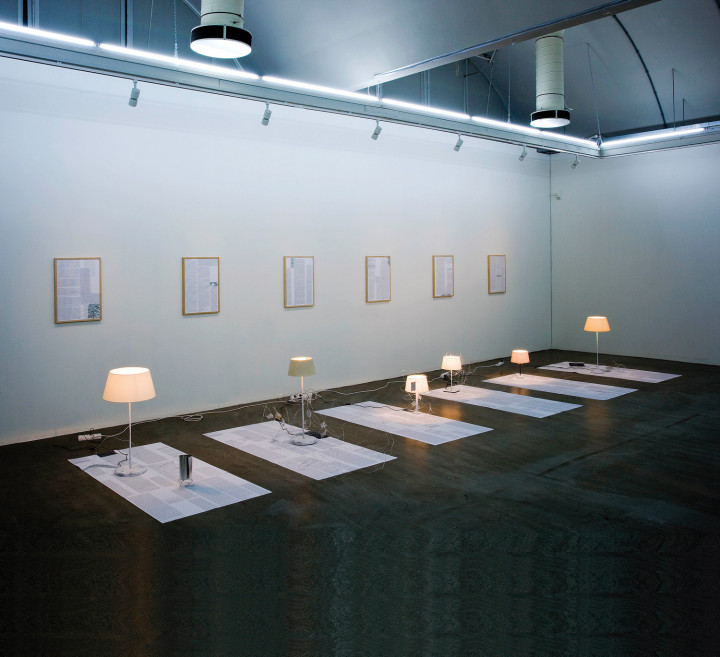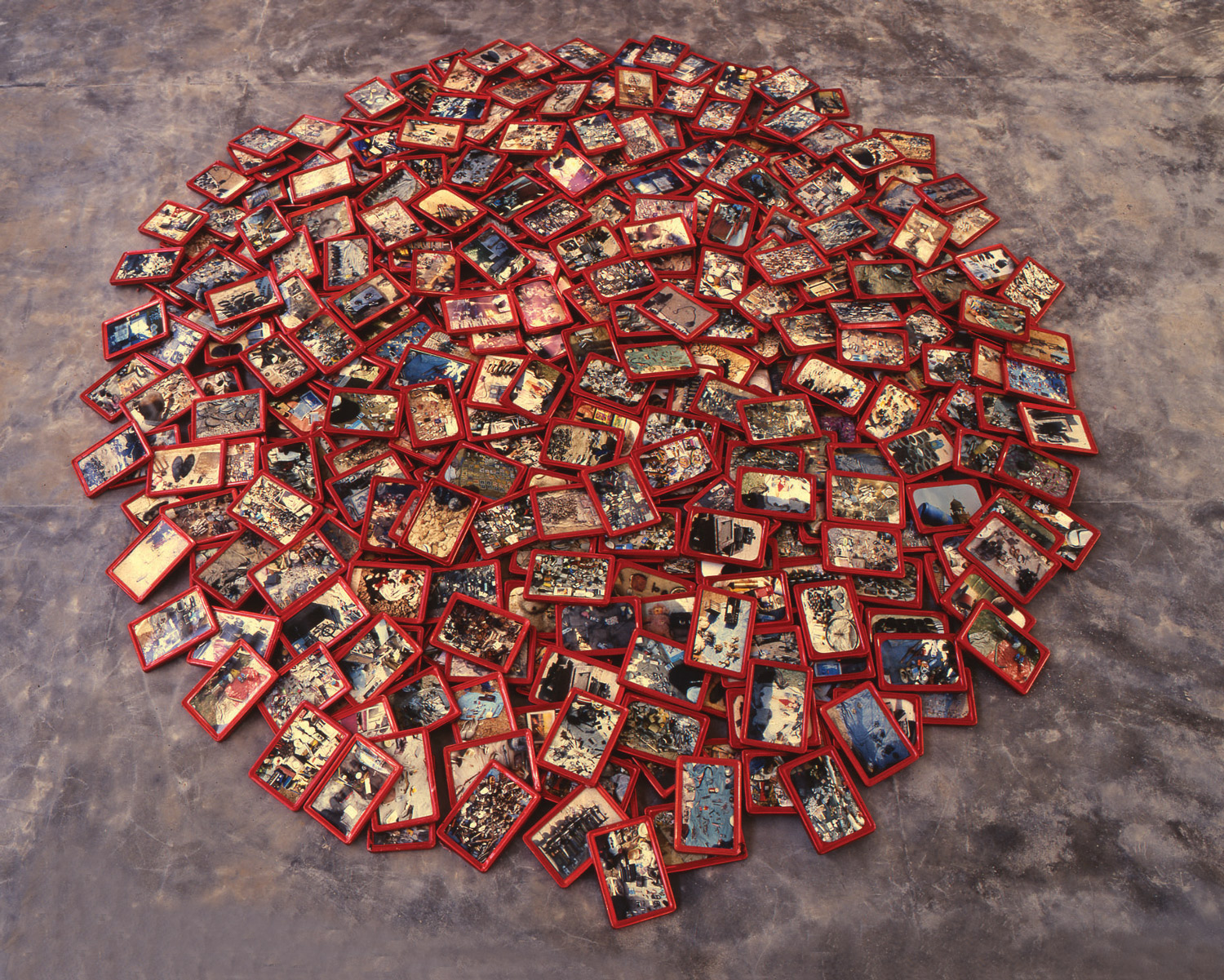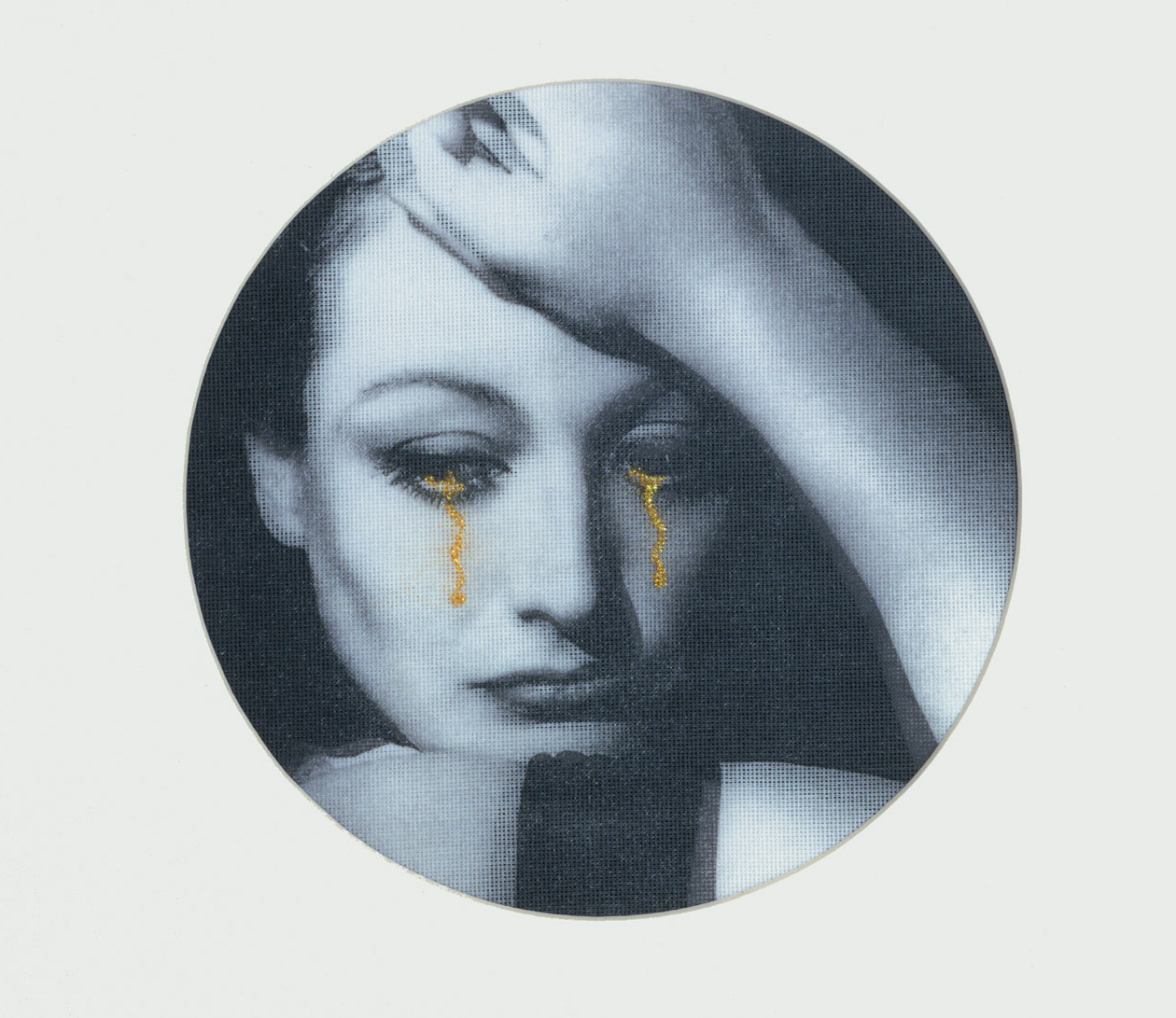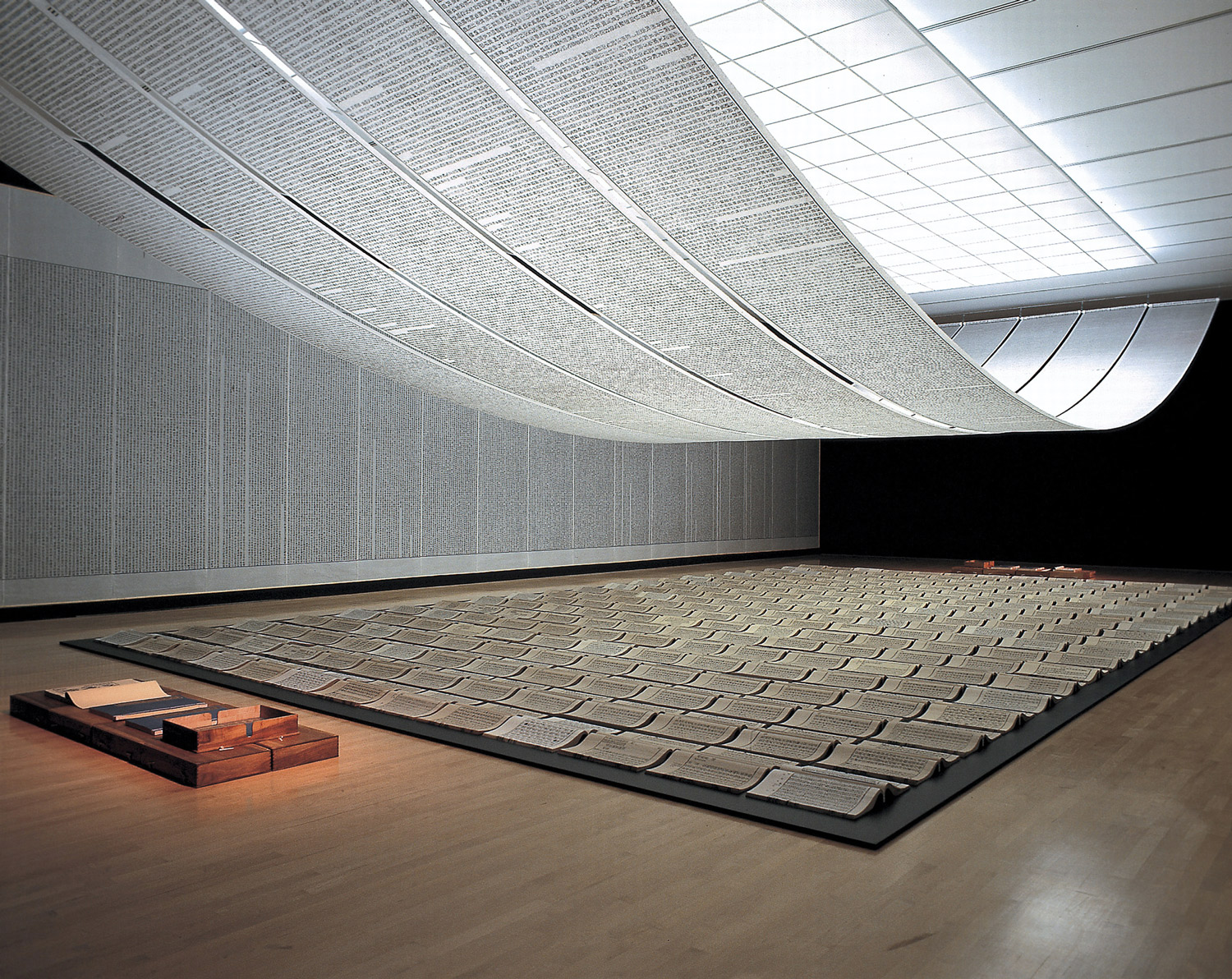
In a 2006 exhibition catalogue titled “Make Your Own Life: Artists In & Out Cologne,” Josef Strau published an essay on the idea of “the non-productive attitude” in which he looked back at the Cologne art scene during the ’80s. According to Strau, who lived in Cologne during that period, he was a proponent of the so-called above-mentioned attitude, living the social life of an artist without producing objects of commercial value. The prevailing atmosphere was one of having conversations about art rather than producing negotiable art objects. The absence of art in a traditional sense among this group of artists was in Strau’s opinion embraced by the local public as a new aesthetic form. Strau explored the social status of art by occupying different roles, both in his career in Cologne and in later years: he worked as an artist, curator, gallerist, writer and musician. Whatever his role, his work was always rooted in written text. In his writings, Strau contemplates art theory, mingled with personal remarks that appear to be only loosely connected to that theory. Initially, his writings resulted in reviews, essays and other textual art reflections. Later on, he remodeled his texts into autonomous artworks by printing them on large posters that were exhibited in galleries. From then on he combined his texts with various objects, mostly floor lamps. By creating three-dimensional artworks, Strau tried to present his texts in proportion to the exhibition space. All his texts are written in a fast mode, almost casually. At a later stage, Strau would characterize his texts as automatic writing in the manner of the Surrealists.
Recently, Strau created such an installation of text and floor lamps in Docking Station, the project space of the Stedelijk Museum in Amsterdam. Voices and Substitutes — the counterpart of Strau’s show “Voices,” recently staged at Galerie Daniel Buchholz in Cologne — consists of six text posters arranged in a row on the concrete floor of a room in the museum. On top of these posters, Strau made an installation composed of floor lamps, metal wire, adhesive tape and tiny, handwritten tags. The metal wire, which is bent into randomly shaped forms, appears as a three-dimensional continuation of the automatic writing. It is possible to perceive the installation in different ways: sculptural and textual. From a language perspective, the posters refer among other things to the architect Daniel Libeskind and the philosopher Arthur Schopenhauer, but are also related to Jewish rituals and to art movements like Dada. This web of references provides insight into Strau’s personal ideas about the world of art. Although, at first sight, the link with his own work may not always be obvious, the references highlight a certain aspect of Strau’s artistic position. Concerning Dada for example, people now tend to emphasize the social changes caused by this movement instead of focusing on the artistic production. The neglecting of that latter aspect corresponds, of course, with Strau’s ideas about the ‘non-productive’ attitude.
By creating installations, Strau’s work may appear to have shifted from ‘non-productivity’ to a more ‘productive’ attitude, as if his thoughts about art have become solidified in ‘real’ objects. However, although Strau declared that the intention of his essay was to bring the ‘non-productive’ attitude to an end, he still did not dissociate himself from ‘non-productive’ art. Opposite the installation, free text posters that lie on the floor may be taken away by the public. By distributing free art pieces, Strau undermines the value aspect which in the current art world is inextricably associated with art objects.





